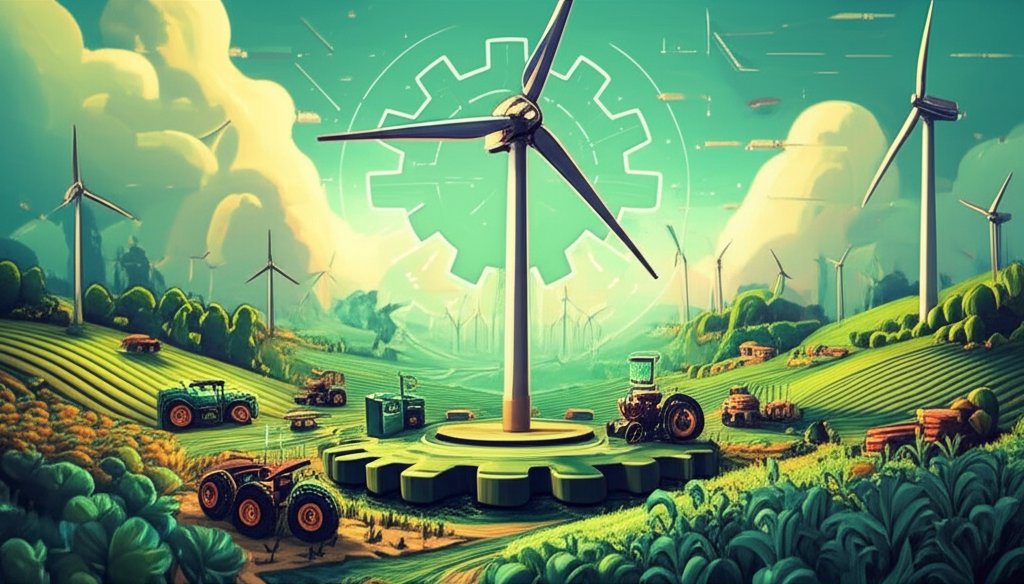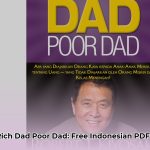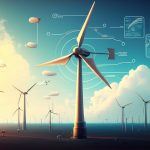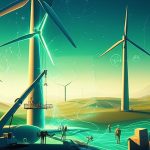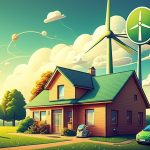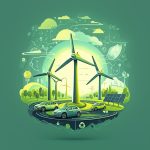Untuk gambaran yang lebih besar dan konteks penuh, pastikan Anda membaca panduan utama kami tentang Wind Power Energy Advantages: Clean, Domestic And Cost-Effective Power.
Thinking about wind power? You’re probably wondering: Just how much energy does a wind turbine create, and is it really worth the investment? The answer isn’t a simple number; it depends on a lot of factors, from turbine size to wind conditions. But understanding these factors is key to evaluating wind power’s potential for your needs.
At a glance:
- Understand the key factors influencing a wind turbine’s energy output, including turbine size, wind speed, and capacity factor.
- Learn how to estimate the annual energy production (AEP) of a wind turbine and what that means in terms of powering homes or businesses.
- Compare the energy production of different wind turbine types and sizes.
- Address common misconceptions about wind turbine efficiency and reliability.
- Discover the financial implications of wind turbine energy production, including potential revenue generation and cost savings.
Decoding Wind Turbine Output: It’s More Than Just Size
The energy a wind turbine generates isn’t fixed. It fluctuates minute by minute, day by day, reacting to the wind’s whims. Understanding the variables will help you estimate realistic production.
Wind Speed: The Obvious Driver
The amount of power a wind turbine generates is directly related to wind speed. The relationship isn’t linear; it’s exponential. This means a small increase in wind speed can result in a large increase in power output. The power output is proportional to the cube of the wind speed.
For example, a turbine in a location with an average wind speed of 15 mph will produce significantly more energy than the same turbine in a location with an average wind speed of 12 mph.
Turbine Size: Capacity Matters
Turbine size makes a difference. Larger turbines have longer blades, which capture more wind. They also typically have higher hub heights, reaching stronger, more consistent winds. Turbine size is measured by its rated power capacity (e.g., 2 MW, 3 MW, 5 MW).
A 2 MW turbine, under ideal conditions, can generate 2 megawatt-hours (MWh) of electricity in one hour. Larger turbines, of course, produce more.
Capacity Factor: Reality Check
The capacity factor is the real-world measurement of how often a turbine operates at its maximum potential. Capacity factor represents the actual energy produced over a period divided by the energy it could have produced if operating at full capacity during the same period. Wind turbines don’t always operate at their rated capacity due to variable wind conditions, maintenance, and other factors. Modern wind farms often achieve capacity factors between 30% and 50%.
A turbine with a 40% capacity factor will produce 40% of its maximum potential output over a given period (e.g., a year).
Calculating Annual Energy Production (AEP): A Practical Estimate

To get a sense of a turbine’s yearly output, you need to estimate its Annual Energy Production (AEP). Here’s a simplified approach:
- Determine Rated Power: Find the turbine’s rated power capacity (e.g., 2 MW).
- Estimate Capacity Factor: Use an estimated capacity factor based on location-specific wind data (e.g., 40%).
- Calculate AEP: Multiply the rated power by the number of hours in a year (8760) and the capacity factor.
Example:
- Turbine: 2 MW
- Capacity Factor: 40%
- AEP: 2 MW * 8760 hours * 0.40 = 7,008 MWh per year
This is an estimate. Actual AEP will vary.
How Much Can One Turbine Power? Homes and Businesses
How many homes can a single turbine power? Again, it depends. It relies on the location, wind availability and home energy usage. As a general guideline, the average US household consumes around 10 MWh of electricity per year. Using the AEP example above (7,008 MWh), one 2 MW turbine could theoretically power around 700 homes. Learn about wind power benefits and how it contributes to cleaner energy grids.
For a business, you’ll need to calculate you current energy use and then compare that to the AEP described above.
Onshore vs. Offshore Wind: Location, Location, Location
Where a wind turbine is located significantly impacts its energy creation. Onshore and offshore wind farms face different conditions and offer varying benefits.
Onshore Wind Turbines
- Typical Output: 2-3 MW per turbine.
- Capacity Factors: Generally 30-40%.
- Advantages: Lower installation costs, easier maintenance access.
- Disadvantages: More susceptible to turbulence, noise concerns, visual impact.
Offshore Wind Turbines
- Typical Output: 6-10+ MW per turbine (larger turbines are common).
- Capacity Factors: Significantly higher, often 40-60% (more consistent winds).
- Advantages: Stronger, more consistent winds; less visual impact (farther from shore).
- Disadvantages: Higher installation and maintenance costs, more complex grid connections.
For example, the Block Island Wind Farm, the first offshore wind farm in the United States, has a capacity factor exceeding 40%. On the other hand, many land-based wind farms in the Midwest average capacity factors closer to 35%.
Common Questions About Output Explained
Let’s clear up a few common points of confusion:
- Q: Do wind turbines always generate electricity?
- A: No. They only generate electricity when the wind is blowing within a specific range (cut-in speed to cut-out speed). When winds are too light, or too strong, the turbine will not generate power.
- Q: Are wind turbines noisy?
- A: Modern turbines are much quieter than older models. Noise levels depend on distance and wind conditions. Regulations also dictate how far turbines must be from homes/businesses.
- Q: How long do wind turbines last?
- A: The average lifespan of a wind turbine is between 20 and 25 years, depending on the environment and maintenance levels.
Beyond Power: Factors That Determine the Financial Equation

The amount of energy a turbine creates directly dictates the financial returns from the invesment. Here are some key considerations:
- Upfront Costs: A new 2-3 MW turbine can cost millions of dollars to purchase and install.
- Incentives Programs: Federal, state, and local government incentives (tax credits, grants) can significantly reduce initial investment.
- Maintenance: Ongoing maintenance costs (inspections, repairs) must be factored into the long-term financial projections.
- Revenue Generation: If the turbine is tied to the grid, the operator can sell excess electricity back to the utility company, creating a revenue stream.
- Energy Savings: For businesses or homeowners using the turbine for their power needs, generated power reduces the electricity bills.
Case Snippet: Community Wind Project
A group of farmers in rural Iowa banded together to install a 5 MW wind turbine on their land. By selling the generated electricity back to the local utility, they created a new revenue stream for their farms, diversifying their income and supporting their community. These farmers were also able to take advantage of available federal and state tax credits to reduce the initial project cost.
Action Plan: Wind Power Assessment
If you’re serious about exploring wind energy, here’s a quick start:
- Conduct a Wind Resource Assessment: This involves measuring wind speeds at the potential turbine location over a period of time (at least a year is ideal).
- Consult with Wind Energy Experts: Seek advice from wind turbine manufacturers and installers to determine the best turbine size for the location and energy needs.
- Evaluate Costs and Incentives: Research all costs (purchase, installation, maintenance) and available incentives (tax credits, grants).
- Develop a Financial Model: Project the turbine’s annual energy production, revenue generation, and cost savings to determine the project’s financial viability.
- Consider Environmental Impact: Understand the potential environmental impact of the wind turbine on local wildlife and landscape.
Take Action Today: Powering the Future, One Turbine at a Time
The amount of energy a wind turbine can create is a complex equation influenced by several factors. But, with careful planning and a strategic approach, wind energy can be a clean, cost-effective, and sustainable energy source. Remember that every wind turbine, regardless of size, contributes to pollution reduction. By understanding its potential output, you can make informed decisions about whether wind power is right for you.
- How Much Energy Does a Wind Turbine Actually Create? - November 14, 2025
- Wind Power Energy Advantages: Clean, Domestic And Cost-Effective Power - November 12, 2025
- Wind Turbine Pieces: Examining The Industrys Future Growth - November 9, 2025
